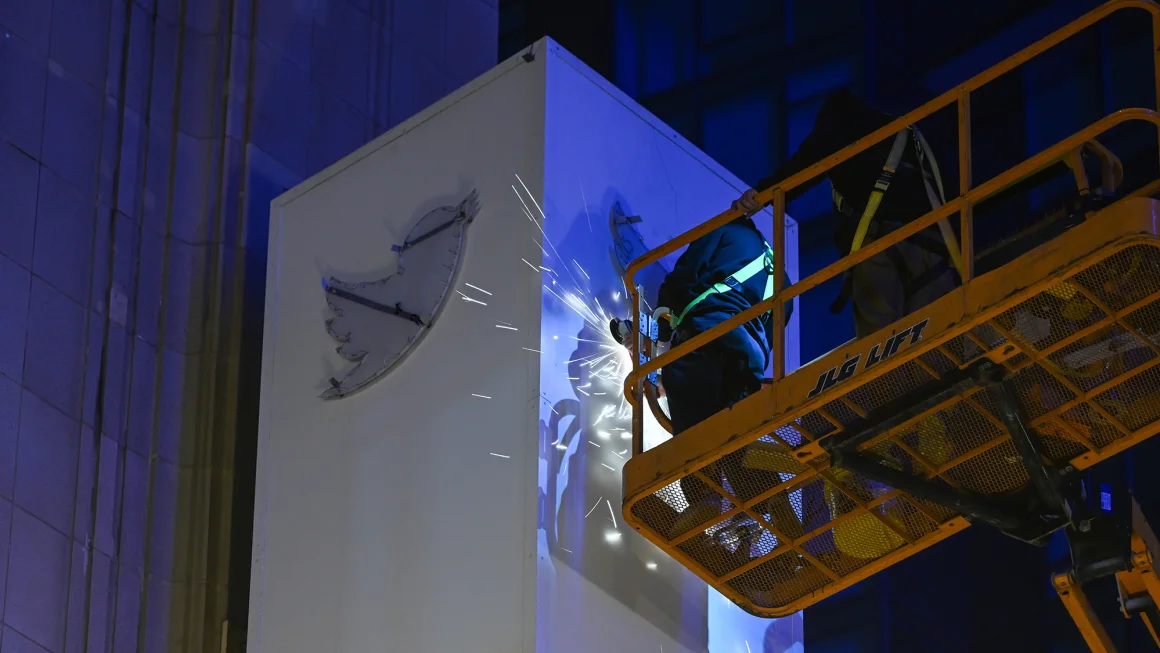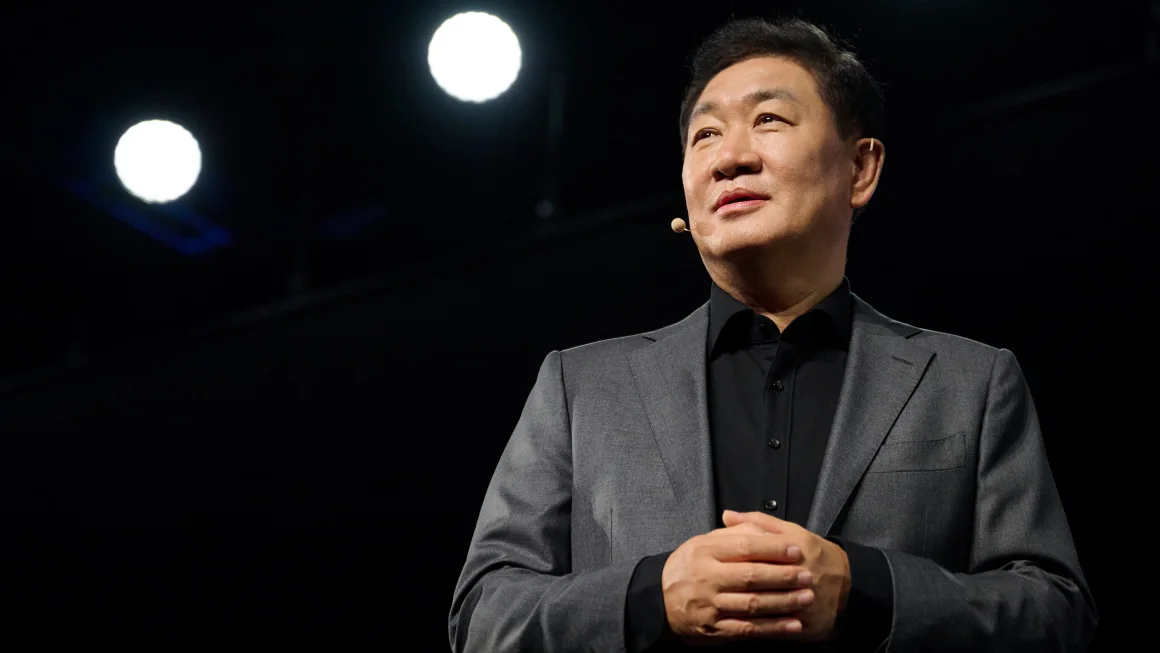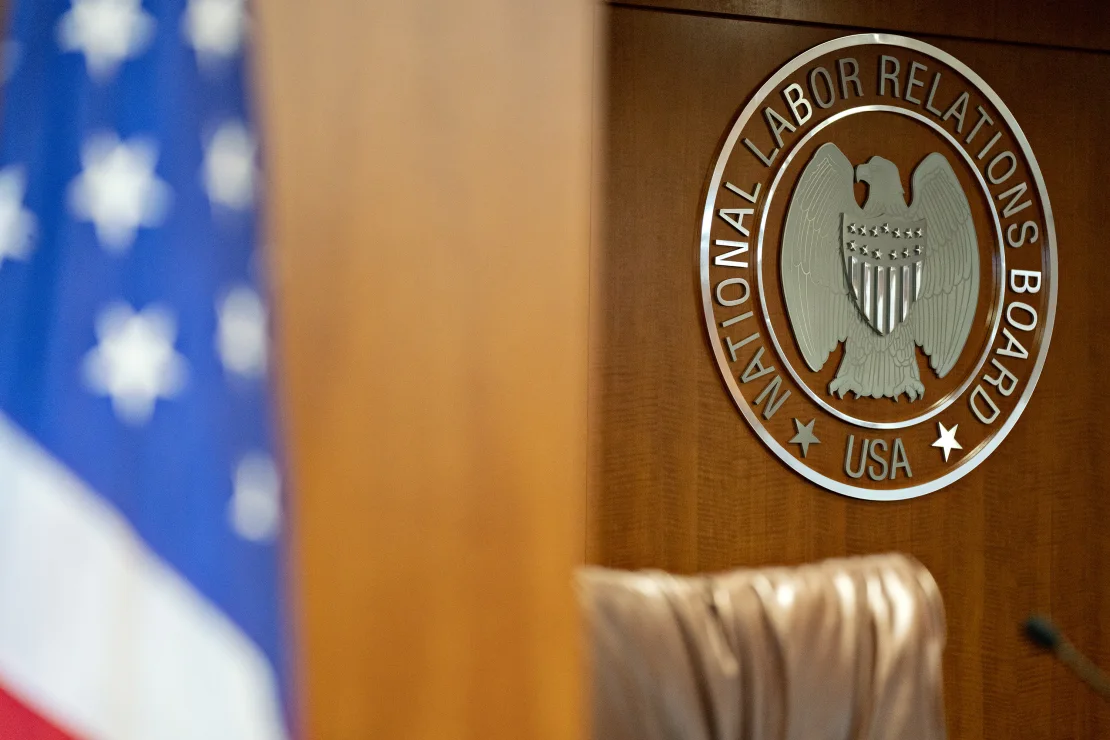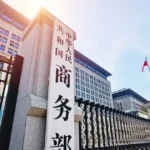The United States has made modest progress in improving its infrastructure over the past four years, according to a new report from the American Society of Civil Engineers (ASCE). The organization released its 2025 Infrastructure Report Card on Tuesday, giving the country an overall grade of C, a slight improvement from the C- it received in 2021.
The ASCE, a 172-year-old engineering group based in Reston, Virginia, assessed 18 categories, including bridges, drinking water, public transit, parks, and waste management. Ports received the highest rating (B), while stormwater utilities and public transit scored the lowest (D).
Federal Investment Drives Improvements
The slight improvement is largely attributed to the $1.2 trillion Infrastructure Investment and Jobs Act passed in 2021, which earmarked $550 billion for roads, bridges, broadband, energy, and water systems. However, a significant investment gap remains, with experts warning that aging infrastructure needs urgent upgrades to withstand extreme weather and growing demands.
“Building on this momentum is crucial,” said Darren Olson, ASCE’s 2025 report committee chair.
Persistent Funding Shortfall
Despite recent investments, the report estimates that $9.1 trillion is needed to bring the nation’s infrastructure to a “state of good repair.” However, only $5.4 trillion in public and private funding is expected to be allocated through 2033, leaving a $3.7 trillion shortfall—an increase from $2.95 trillion in 2021.
The biggest funding needs are in:
- Roads ($2.23 trillion)
- Energy ($1.88 trillion)
- Schools ($1.1 trillion)
Key Infrastructure Challenges
While eight categories improved since the last report, energy and rail declined due to concerns about capacity, future demands, and safety. Rising interest in electric vehicles and AI-driven data centers is straining the energy sector, while Amtrak and other passenger rail services require more investment to expand and meet safety standards.
Poor infrastructure costs American households $2,700 per year, according to Olson. Continued investment could reduce this burden by $700 annually.
ASCE President Feniosky Peña-Mora emphasized that upgrading infrastructure is critical for economic growth and job creation, stating:
“Delaying investment in our infrastructure means delaying our nation’s well-being.”














